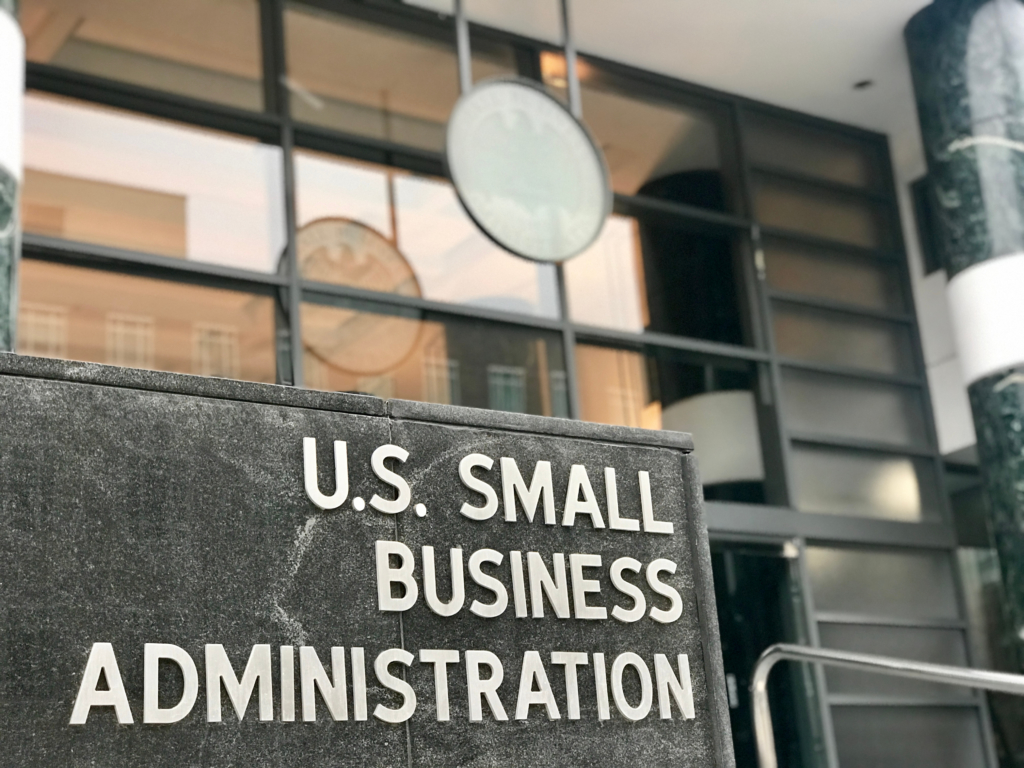October 22, 2020
The benefits of large and small business collaboration are visible in the federal marketplace. While encouraging small business growth and development, Federal agencies understandably want the highest qualified companies performing their projects. Evaluations for federal construction and other procurements are increasingly moving from “Low-Price Technically Acceptable” to “Best-Value.” To reduce administrative costs, agencies are also bundling mixed construction, supply, and services requirements with long-term multiple-award contract vehicles.
The SBA’s Joint Venture Mentor-Protégé program is an indispensable tool for small business contractors seeking the competitive edge of an established firm’s backing, while continuing to pursue set-aside opportunities. Under the SBA’s program, a protégé firm cannot be considered affiliated with its mentor based solely on assistance received by the protégé under the mentor-protégé agreement.
This month, the SBA published a new rule, effective November 16, 2020, which consolidates the SBA’s mentor-protégé programs, simplifies procedures, and provides much-needed clarity to the requirements for program participation.
The following are the key changes with the SBA’s final rule:
1. Consolidation of the 8(a) Business Development Mentor-Protégé Program with the SBA’s All-Small Mentor-Protégé Program
The SBA’s new rule revises § 124.520 to eliminate the 8(a) Mentor-Protégé Program, consolidating it with the SBA’s All-Small Mentor-Protégé Program, which the SBA launched in 2016. 8(a) Business Development Program participant applications will be streamlined with Historically Underutilized Business Zones (HUBZone) Program, Service-Disabled Veteran-Owned Small Business Concern Program, and Women-Owned Small Business Program applicants. With this consolidation 8(a) joint ventures no longer need to submit and receive the SBA’s pre-approval of their joint venture agreements to qualify for 8(a) awards, unless seeking an 8(a) sole-source award.
2. Elimination of the 3-in-2 Rule
The SBA’s program requires that a mentor-protégé joint venture be formed for a limited purpose with a limited duration. Previously, joint ventures could not be awarded more than three contracts over a two-year period. Under the new rule, an unlimited number of contracts can be awarded to the joint venture, so long as the joint-venture’s offers were submitted within two-years of the date of the joint-venture’s first award.
3. Clarifications on Joint Venture Members Graduating from Size or Socio-Economic Status
The new rule clarifies that a joint venture offeror’s size is determined on the date of their offer and does not change if an individual member of the joint venture grows to be other than small during the performance of the contract. The rule draws an exception for set-aside task orders awarded under a full and open Multiple Award Contract. Under such task order competitions, the joint venture is ineligible as a small business for the order if it has grown to be other than small as of the date of task-order proposal. The same is true if the protégé firm’s socio-economic status changes for specific order-level set-asides.
4. Clarification on Contracts Requiring the Prime Contractor to Hold a Facility Security Clearance
The SBA’s new rule clarifies that a joint venture may be awarded a contract requiring a facility security clearance, even without the joint venture entity carrying its own separate facility security clearance. The lead small business partner to the joint venture must carry the required facility security clearance and be committed to keep at its cleared facility all records relating to the contract awarded to the joint venture. The new rule provides an exception for facility security clearance requirements that are “ancillary” to the principal purpose of the procurement. If that is established, then the non-lead partner to the joint venture (which may include a large business mentor) can carry the facility security clearance.
5. Protégé Firm Must Perform 40% of Work
A protégé partner must perform at least 40% of the prime contract work. The SBA clarifies that the 40% performance requirement is measured by the percentage of the value of the total prime contract (after deducting material costs), not by labor hours. The new rule also clarifies that the protégé firm cannot meet the 40% requirement by subcontracting to similarly situated entities (i.e., other subcontractors that have the same socioeconomic status as the prime contractor and that are small businesses for the NAICS code assigned to the subcontract).
The SBA also implemented several Executive Orders and makes other changes to the SBA regulations in the new rule.
If you have questions regarding the SBA’s final rule on Mentor-Protégé Joint Ventures please contact Shiva Hamidnia at shamidinia@nichols.law or 202-846-9829.
About the author:
Shiva helps government contractors win, keep, and successfully perform projects. Intimately familiar with the pitfalls of federal contract documents and jobsite realities, Shiva provides concise business-minded legal advice to help contractors mitigate risks and increase opportunities.
Disclaimer
The information provided in this blog does not, and is not intended to, constitute legal advice; instead, all information, content, and materials available on this site are for general informational purposes only. Information on this website may not constitute the most up-to-date legal or other information. Readers of this website should contact their attorney to obtain advice with respect to any particular legal matter.
